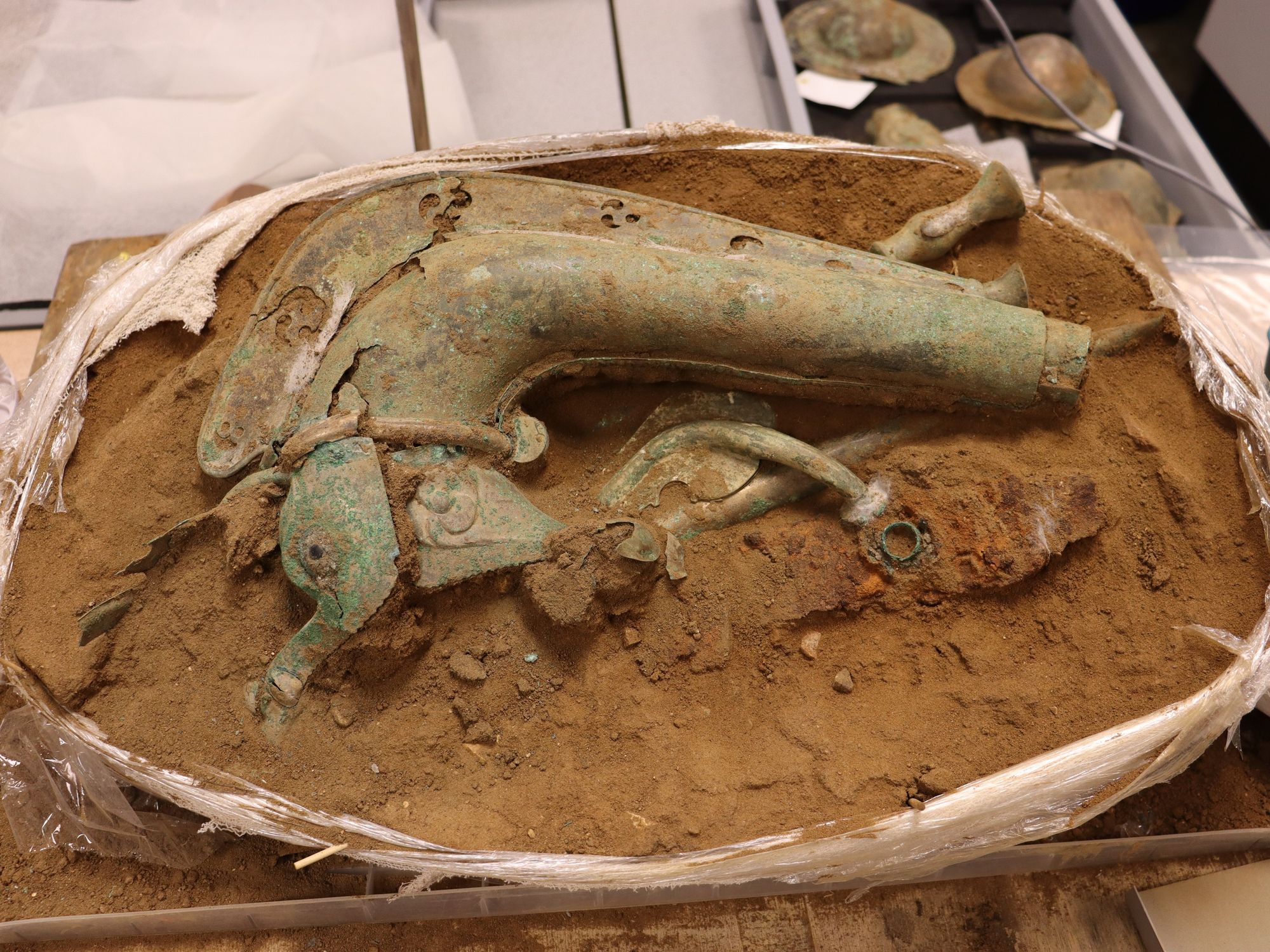State pension forecast explained as Britons warned they may see money 'knocked off' their state pension

Many Britons have complained that a specific "COPE" figure has mysteriously disappeared from their state pension forecasts
Don't Miss
Most Read
Latest
A pension expert has explained why some people may find their state pension forecast has changed and why it may seem money has been "knocked off" their state pension.
Many pensioners have complained the Contracted Out Pension Equivalent (COPE) figure, once a familiar sight on forecasts, had disappeared, causing much confusion.
Former pensions minister Sir Steve Webb, who is now a partner at LCP (Lane Clark and Peacock) answered a readers query about COPE.
They said: "I recently received my state pension statement as I will qualify for the full state pension when I am 66 in November. However, it does not state the 'COPE' - the 'contracted out pension equivalent' - I have built up in previous years when I was contracted out while employed in the civil service.
"My COPE was approximately £50 a week on pension forecast statements but now seems to have disappeared when I go online.
"I'm beginning to wonder if I have misunderstood COPE and that this figure is purely information only and not a valid payment that I will actually receive in my hand? Can you clarify?"
 People who haven't reached state pension age can get a state pension forecast | GETTY
People who haven't reached state pension age can get a state pension forecast | GETTYWriting on This is Money, Webb explained COPE was a figure that was meant to be a signal to people that "something had been knocked off their state pension" because of past contracting out - but they should get a similar figure instead from a workplace pension.
He said: "The problem was that the COPE figure itself confused people. The figure often led to misunderstandings, particularly for those with 'pot of money' type pensions where investment performance or annuity rates might not have matched the COPE estimate.
"Many pensioners were unsure whether they needed to mentally deduct the COPE figure from their forecast to determine their actual state pension entitlement, adding to the confusion."
Since the introduction of the figure, the Department for Work and Pensions (DWP) has received considerable feedback from individuals perplexed by the figure. But Webb clarified that pension savers should "always ignore the COPE figure" on their forecasts as it had already been taken into account as part of the calculation when determining one's state pension amount.
Because of the ongoing confusion, the DWP removed references to COPE from state pension forecasts, from April 2024.
Why was COPE introduced?
Those employed before 2016 may have seen their employer “contract out” part of the National Insurance (NI) they paid that entitles them to their state pension. Until 2012, contracting out was also possible through some types of personal pensions.
This meant that either the employee and their employer paid NI at a lower rate, or some of their own NI contributions were invested into their private pension instead of the state pension.
Being contracted out meant that while someone was building entitlement towards their basic state pension, their additional state pension entitlement was building up within their private pension instead.
During this time, if one was contracted out, the additional state pension could have been called something different including:
- Graduated retirement benefit
- SERPS (State Earnings Related Pension Scheme)
- State Second Pension (S2P).
Since the new state pension was introduced in 2016, the Government changed this and decided to pay everyone a standard flat rate amount to make pension planning and communication a lot easier.
So they decided to make a one-off deduction from people's state pension as of 2016, but then allow them to "burn off" this deduction through post-2016 contributions.
However many pensioners were left confused and angry when they still didn't get the full new state pension they were expecting. The figure that was deducted was labelled COPE.
Webb highlighted that the DWP had received considerable feedback from individuals perplexed by the COPE figure on their forecasts so they decided to remove the figure from the documents, effective April 2024.
However, this change has confused even more pensioners who were accustomed to seeing this figure on their statements.
Webb expressed approval of the DWP change, saying, "COPE was designed to help people understand that they were short of the full pension for a reason, but in the end it caused more confusion than it saved. I, for one, am pleased to see the quiet death of the COPE."
It's crucial for pensioners to understand that the COPE amount doesn't affect their actual state pension payment. The headline figure on the state pension forecast remains accurate - if they were contracted out, this money has already been deducted.
For those who were contracted out, this money should be available through a private pension. To claim this pension, individuals should contact their pension providers directly. Some providers may refer to it as the Guaranteed Minimum Pension (GMP).
LATEST DEVELOPMENTS:
Even if employment details have been lost over time, it's still possible to claim this money. The Pension Tracing Service can help locate old pension schemes.
While the COPE figure has been removed from forecasts, its impact on pensions remains. Pensioners are encouraged to review their private pension arrangements to ensure they receive all the benefits they're entitled to.










